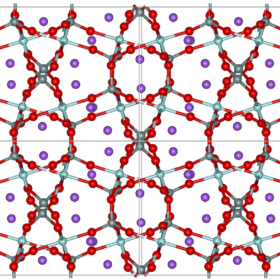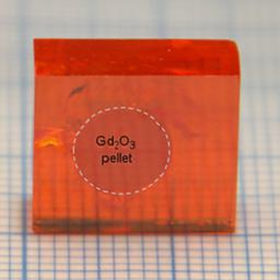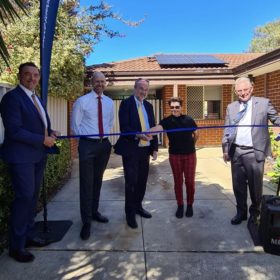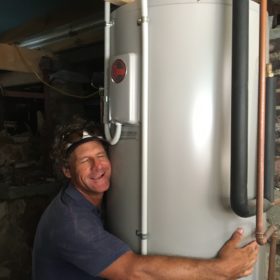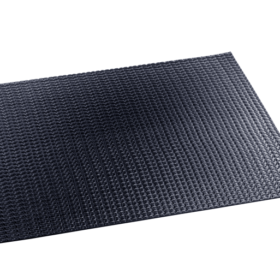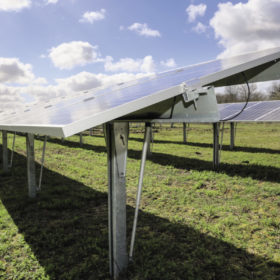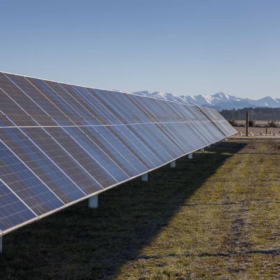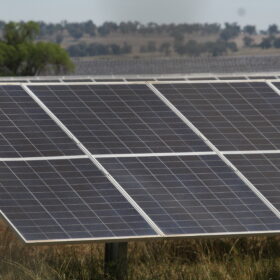Novel chemistry hybrid flow battery: non-aqueous, high-voltage, and crossover-free
Scientists in the United States claim to have created a crossover-free, high-voltage, non-aqueous hybrid flow battery with a novel chemistry for the solid sodium anode. The device has shown a high working voltage of around 2.6 V and a coulombic efficiency of 95.0%.
Perovskites can also detect nuclear radiation
Scientists in Switzerland found that perovskites can be used to detect thermal neutrons emitted by radioactive devices. Taking advantage of several properties that also make the materials attractive for solar cell applications, the group was able to fabricate a novel device that could have various practical applications, including in energy generation.
Low-income tenants get relief in Australia’s big public-housing solar retrofit — latest evidence from WA
For a small infrastructure investment in rooftop solar systems, state governments can make a material difference to the lives of social housing tenants, and further their net-zero ambitions. Western Australia reports another win-win.
A closer look at Australia’s ‘solar stopper’ market reforms
Australia is currently staring down a suite of reforms which could stifle our rapid and sensible transition to clean energy.
UNSW study: channelling rooftop PV into water heating is a residential super saver
Put solar in your hot water tank! Off-peak electricity rates are fast becoming an unhelpful price signal for rooftop solar owners, who benefit by self consuming their excess solar ahead of drawing electricity from the grid at any time of day.
What’s it like to own an EV?
Thursday this week is World EV Day, and ClimateLaunchpad is celebrating an Aussie startup that pairs EV tyre kickers with converts to help the country accelerate its uptake of clean-driving vehicles.
English solar developers expand into friendly New Zealand
Hive Energy, Ethical Power Group and Solar South West have set up a joint venture they hope will lead to 350 MW of utility scale installations in a country which does not suffer from grid congestion and which appears to have an energy transition-friendly administration.
Flexible solar panel for vehicle-integrated applications
Called SolFlex, the frameless panel is based on 22%-efficient solar cells and is designed for high, one-sided heat load. The standard product measures 100x100x2.9cm, weighs in at 3.4kg, and has a power output of 170 W.
Sunday read: Digesting Europe’s border tax proposal
The European Union’s proposed carbon border tax on imports of energy-intensive goods could push up prices of steel, aluminium and raw materials, which could add costs to the supply chain for solar PV installations. In the longer run, however, the border tax could also offer solar PV manufacturers new opportunities to source materials with a lower carbon footprint.
Saturday read: Gigafabs in India
India’s solar module makers have built a strong track record, and now the country is set to see vast battery facilities developed. Uma Gupta provides a look into ambitious manufacturing projects and the wider enabled ecosystem.
